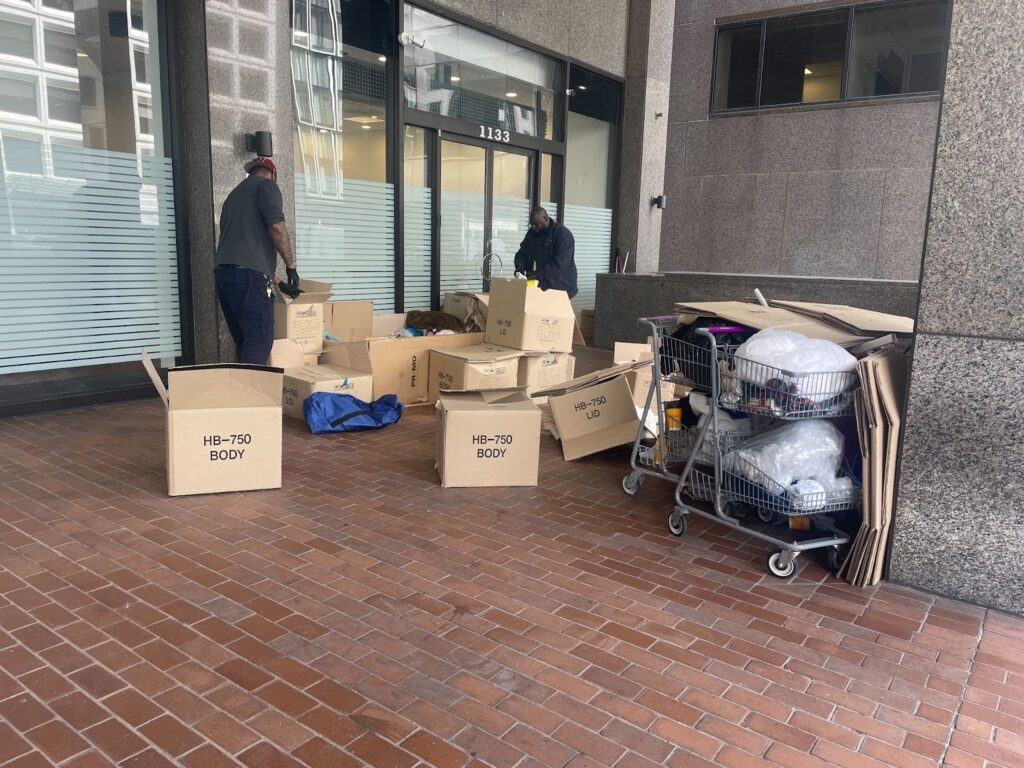The federal strategic plan to prevent and end homelessness, “Opening Doors,” was recently reopened to allow lawmakers to reevaluate its effectiveness over the past three years.
There have been several significant amendments, including changes to the timing of the end goal and a new operational definition of homelessness.
According to the strategic plan, the revised definition of homelessness is “that every community will have a system in place that ensures homelessness is prevented whenever possible or is otherwise a rare, brief, and non-recurring experience.” The Amendment outlines the community-level capacity requirements in order to achieve this outcome.
The end goal has been changed from 2015 to 2017, reflecting the need for additional resources to make this goal realistic on a national level.
The amendment process also encouraged another change to the strategic plan, adding an emphasis on data. The language was revised to provide more detail on systems planning, program performance, and resource allocation. A more detailed, accurate annual count of those experiencing both sheltered and unsheltered homelessness will be made possible.
In order to prevent homelessness from an early age, an amendment to one objective includes identification of early warning signs in children and teens to provide educational support through state and local programs.
With these amendments, the plan’s approach is very similar to the new District Interagency Council on Homelessness plan, Homeward DC.
Both plans call for an end to homelessness by 2017, and acknowledge that while eradicating homelessness entirely is not feasible, making homelessness a rare, brief occurrence is.








